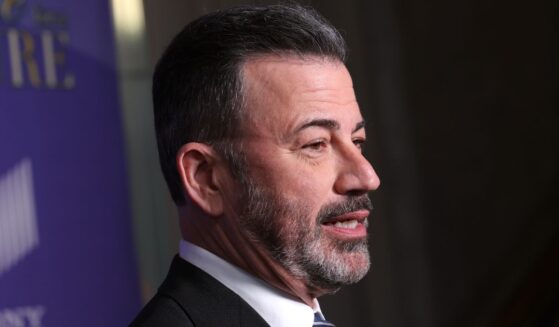Farmland Literally Turning to Dust in State That Accounts for 1/4 of US Food Production
Much of California is currently in severe drought conditions, which is worth the rest of America taking note of, since its Central Valley provides approximately one-quarter of the nation’s farm output.
I usually drive through California’s Central Valley at least once a year, and it’s a sight to behold.
The landscape is filled with row after row of orange, almond, peach, apple and olive trees, to name some.
View this post on Instagram
However, California’s harvest is looking to be less bountiful this year.
Bloomberg reports, “The size of fields intended for almonds, rice, wine grapes and other crops left unworked could be around 800,000 acres, double the size of last year and the most in at least several decades, said Josue Medellin-Azuara, an associate professor at University of California Merced (UC Merced).”
“Mile after mile of farmland reveals whithered crops next to fields of lush green plants, a testament to the tough decisions growers are forced to make on how much and what to produce, and whether to keep farming at all,” the news outlet added.
California’s historic drought may leave the state with the largest amount of empty farmland in recent memory as farmers face unprecedented cuts to crucial water supplies https://t.co/3paxJIjdye
— Bloomberg Green (@climate) July 16, 2022
California has approximately 9 million acres of irrigated land.
“What’s really concerning is for the first time we are fallowing at least 250,000 acres in the Sacramento Valley,” Karen Ross, secretary of the California Department of Food and Agriculture, told Bloomberg.
“Those are the most senior water rights holders.”
Bloomberg explained sharp water cuts to farmers this year are due to critically low snowmelts and depleted water storage from last year.
The Los Angeles Times reported that most of the state’s reservoirs are, on average, below half capacity, when traditionally this time of year they are closer to two-thirds full.
Lake Shasta, California’s largest reservoir, is at 38 percent capacity.
Meanwhile, Lake Mead and Lake Powell, the country’s largest reservoirs, in neighboring Nevada and Utah, are at 27 percent and 26 percent respectively, which again is well below the approximately 60 percent they should be at this point in the summer.
These lakes hold a significant amount of the Colorado River, which is used in southern California.
The full Colorado River system supplies water to 40 million people in seven western states as well as Mexico, and irrigates more than 5 million acres of farmland from Wyoming to the Gulf of California.https://t.co/4AzukYTuaf
— Mike Huck (@IrrTurfSvcs) July 19, 2022
California Republican state Sen. Brian Dahle — a candidate for governor, whose district is in the northern part of the Golden State — says the current water shortages are due to poor water management.
“The sad truth is that California has allowed trillions of gallons of precipitation to run into the Pacific Ocean during these last two years. Now, water districts and cities throughout our state are beginning to implement mandatory water rationing measures,” the farmer and businessman wrote in a piece in October.
“If it were managed properly, California receives enough rain and snow to serve its 40 million residents and 4 million acres of farmland for several years,” Dahle added.
He pointed out that Californians have voted multiple times since 1996 to upgrade their water infrastructure and improve their storage capacity, but the projects have remained tied up for years due to environmental impact studies and other regulatory roadblocks.
It’s Idiocracy playing out in real life.https://t.co/7L00VpaVOW
— Cyprian (@cyprianous) July 19, 2022
Had even some of the proposals been greenlit, the state would be in a much better place.
“At one time in our history, California’s water system was state of the art, and admired around the world. It drove an economic engine that allowed our state to thrive and grow, bringing prosperity never before seen on earth,” Dahle wrote.
“Sadly, the neglect shown over the last 40 years threatens to end this ‘Golden’ era.”
The news about California’s lower-than-normal farm production comes on top of stories out of Kansas and Texas about thousands of head of cattle dying or having to be slaughtered early due to drought conditions.
On some roads near livestock auctions, cattle trailers are lined up as far as you can see. Ranchers are selling cattle because of drought-stricken pastures, a shortage of hay and lack of water.
Read more: https://t.co/sugXXQAnFA
Photos by Emory Livestock Auction, Inc. pic.twitter.com/IkXTjmENdH
— Texas Farm Bureau (@TexasFarmBureau) July 13, 2022
Americans are so used to having bountiful food supplies year after year.
But poor management and Mother Nature may mean food shortages in the not-too-distant future.
Truth and Accuracy
We are committed to truth and accuracy in all of our journalism. Read our editorial standards.
Advertise with The Western Journal and reach millions of highly engaged readers, while supporting our work. Advertise Today.












